Over the centuries, some towns and cities have repeatedly been struck — and sometimes devastated — by major earthquakes. The difference between damage and devastation depends not only on the magnitude of the earthquake, but also on local geology and building techniques.
How earthquakes affect buildings
Ground conditions
Soft ground, based mostly on sediments such as those in flood plains, reclaimed land or former landfill, amplifies the effect of the earthquake vibrations, while harder rocks limit the amount of shaking. This effect contributed to the huge amounts of damage caused in the 1906 San Francisco earthquake, the 1923 Kanto (Tokyo) earthquake and the 1985 Mexico City earthquake, for example. In some cases, the land may even liquefy, behaving like quicksand and causing buildings to sink or topple over.
Building design and construction
Poor construction technique, where slab walls and floors are not tied together correctly, for example, makes buildings far more vulnerable to earthquake damage; buildings where the bricks have been held in place with the correct mortar tend to survive much better.
However, there is more to the issue of building design than simply the difference between careful and shoddy construction.
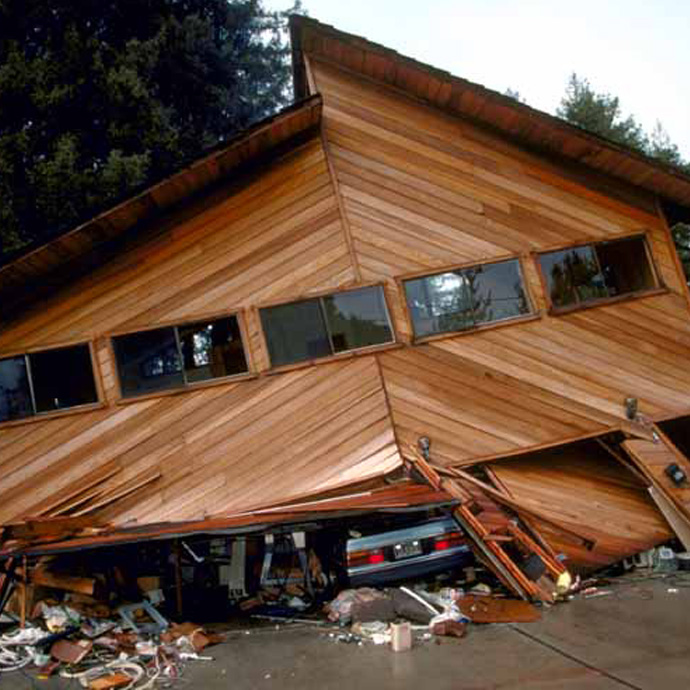
Damage due to inadequate shear walls and to building on fill. (Boulder Creek in the Santa Cruz Mountains; Loma Prieta earthquake, 1989.) Image credit: By J.K. Nakata, U.S. Geological Survey [Public domain], via Wikimedia Commons.
The choice of building materials plays an important role. Where buildings do collapse, the occupants are more likely to survive when the walls and roof are made of lightweight materials rather than heavy ones. Rubble-masonry buildings or brick buildings with low-quality mortar do not withstand earthquakes well; wooden or steel-framed buildings are generally much better, providing they are correctly braced.
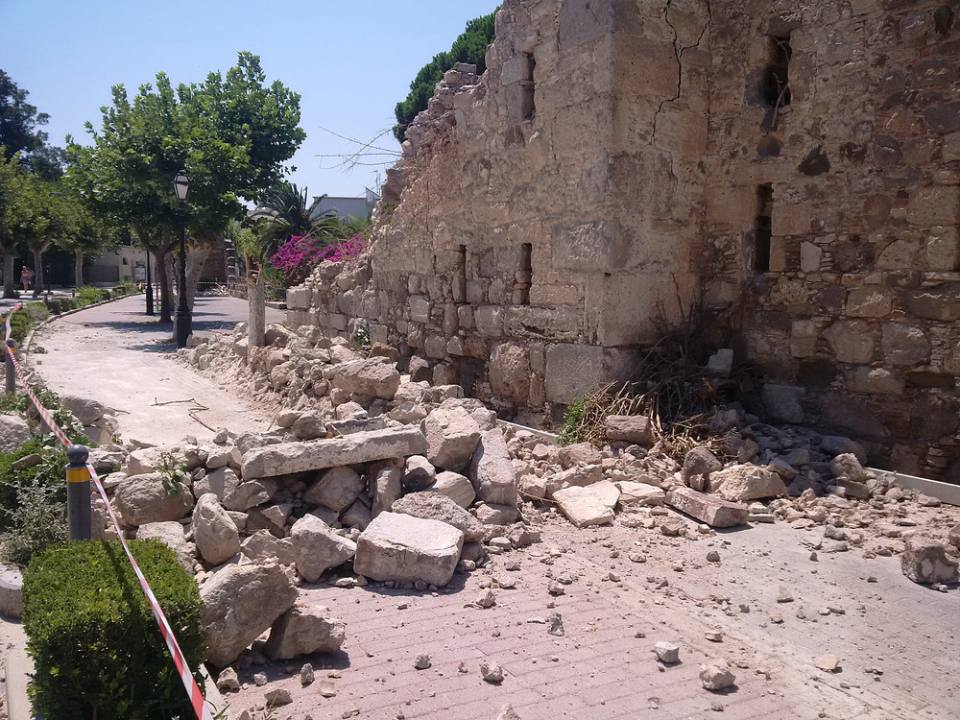
Building design is also important. Buildings shake when the frequency of the seismic waves is close to the natural frequency of vibration of the building, an effect known as resonance.
The resonant frequency depends on the height of the building: low-frequency shaking might cause tall buildings to shake violently while having little effect on low-rise buildings nearby, although higher frequencies of vibration might have the opposite effect.
In the Mexico City earthquake in 1985, the majority of buildings with severe damage were those with 6–15 storeys; the resonant frequency of these buildings was the frequency most amplified by the subsoils in the city.
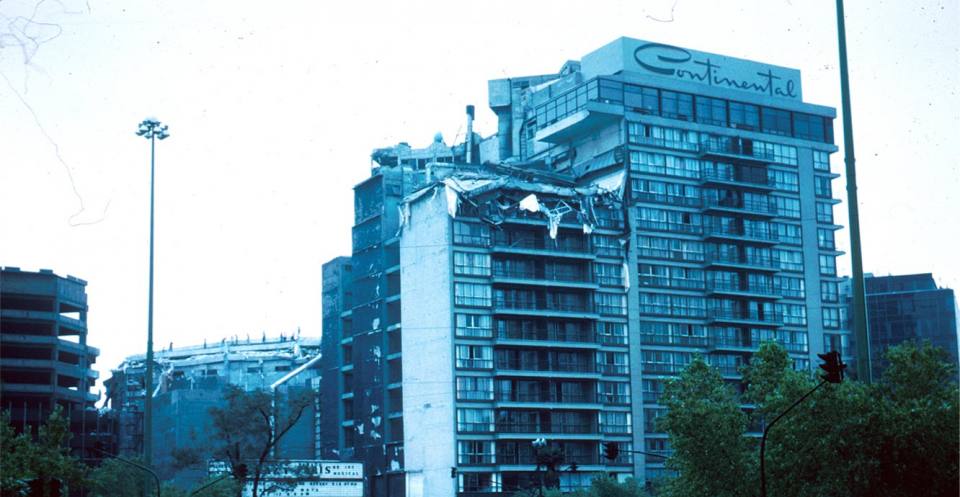
Buildings with large and unsupported spaces, like viaducts or car parks, can be particularly vulnerable.
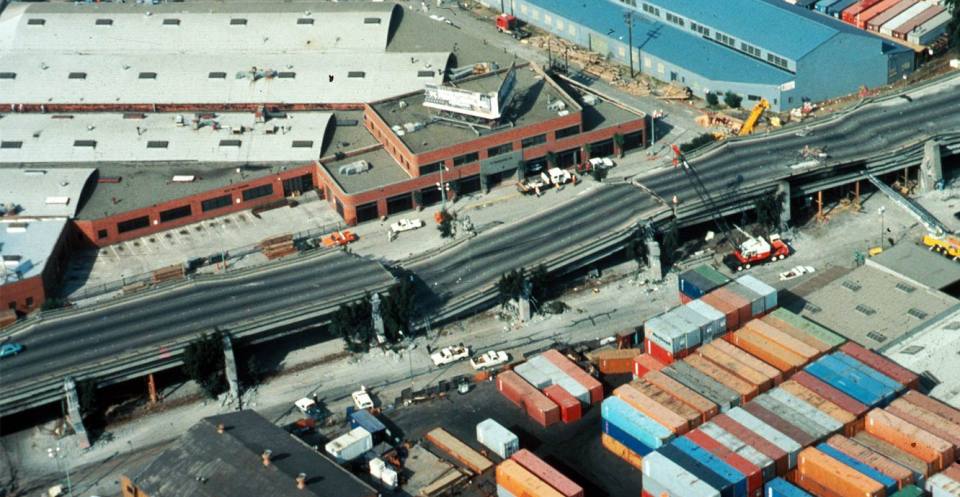
The biggest and the deadliest earthquakes
This map is best viewed in full screen mode. To enter full screen mode use button below the zoom controls. Click on the map circles for more information. The yellow circles show the biggest earthquakes ever recorded and the red circles show the deadliest. The orange circles show earthquakes that were particularly deadly and big.
You may also be interested in

Discovering Geology
Discovering Geology introduces a range of geoscience topics to school-age students and learners of all ages.
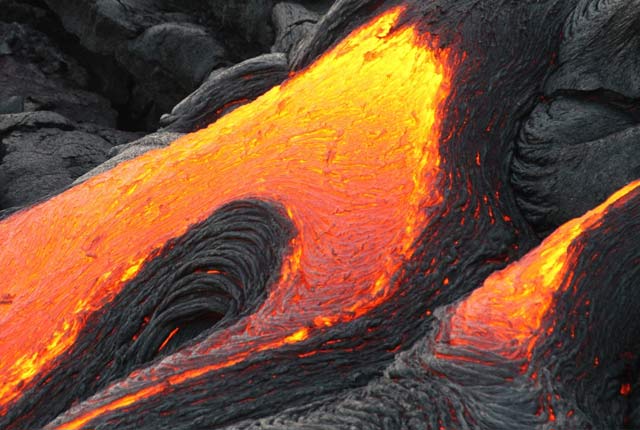
Earth hazards
The Earth beneath our feet is constantly shifting and moving, and violently with catastrophic and immediate results. Find out more about earth hazards.
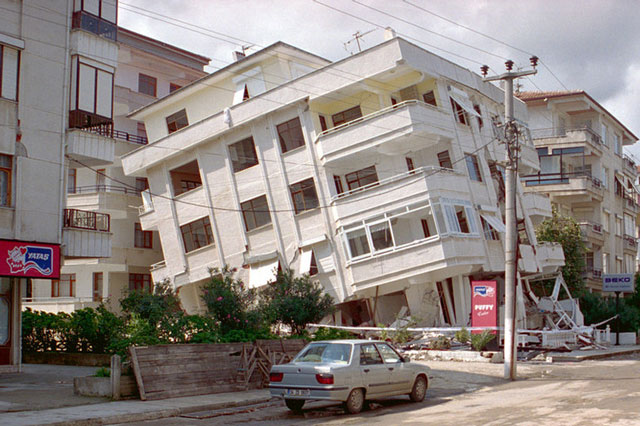
Earthquakes
Earthquakes are among the most deadly natural hazards. They strike without warning and many earthquake zones coincide with areas of high population density.
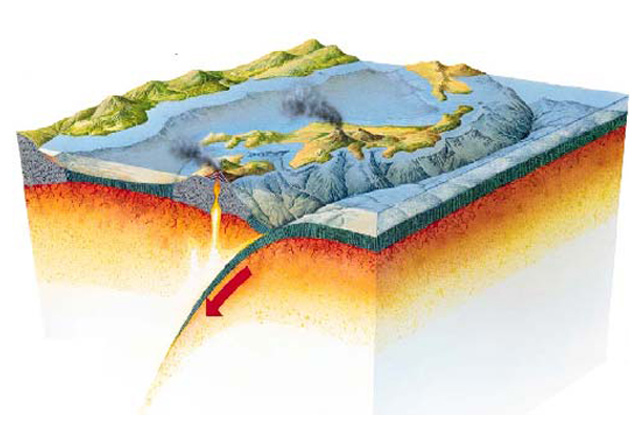
What causes earthquakes?
The causes of earthquakes and the different types of tectonic boundaries and faults on which they usually occur.
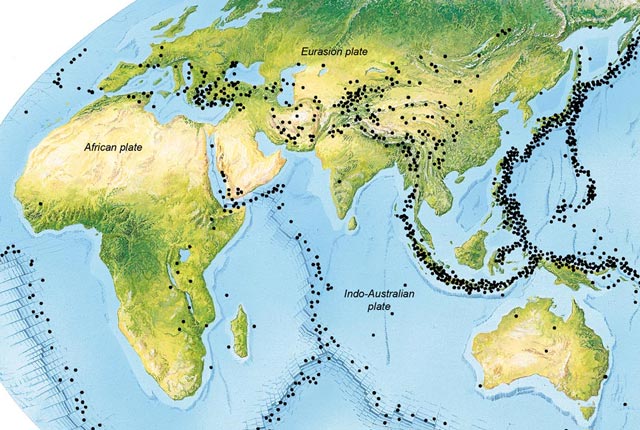
Where do earthquakes occur?
Where earthquakes occur around the world and in the UK.
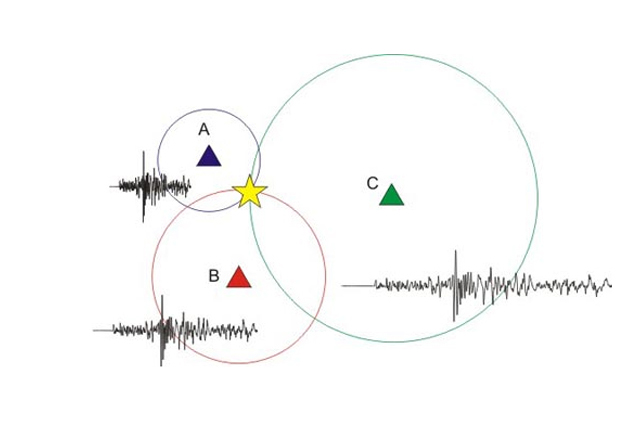
How are earthquakes detected?
Seismometers are used to record the seismic waves produced by earthquakes. Relative arrival times of these waves is used to determine earthquake location.


